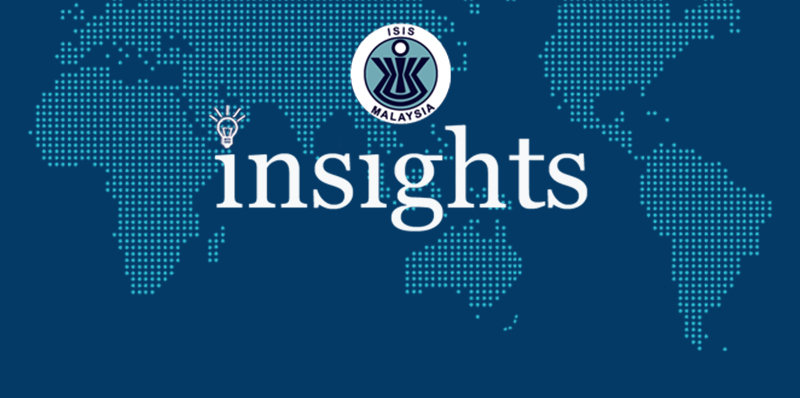A friend’s FaceTime session with his father last week began with a surprise query: “Is Malaysia now open to Indonesians?”
He told my friend of his plan to spend the December holiday in Kuala Lumpur (and perhaps also to see his stranded son).
Though surprising, it reflected the attitude of some Indonesians who adopt the attitude of “life must go on”, even under the new normal paradigm.
As we know, Malaysia imposed a blanket restriction to all Indonesian travellers after local cases there passed the 150,000 mark. Earlier, Indonesia also instituted an entry ban to all foreign visitors, but has since relaxed the regulations for foreigners with a stay permit.
Prospective travellers like his father would hopefully be delighted by the announcement of the proposal to establish bilateral travel bubbles among ASEAN Member States, Malaysia and Indonesian included. This is a progressive step for the two intrinsically linked nations.
The sentiment is reflected in both ASEAN Summits this year. Malaysia threw its support behind Indonesia’s proposal of a regional travel corridor back in June. Further reinforcing the point was the unveiling of the ASEAN Declaration on an ASEAN Travel Corridor Arrangement Framework in November’s Summit, which calls progressive steps in restoring connectivity.
Such travel bubble could restore the broken link between the two countries which has disrupted business ties, separated families and hindered education. However, Malaysia’s latest infection wave is expected to instil greater anxiety over the prospect of opening the country to Indonesia, which recorded 516,753 COVID-19 cases at the time of writing.
This is where a perception on travel bubbles must be recalibrated. It does not signify a wholesale opening of the border to all kinds of Indonesian travellers. Existing travel bubbles such as the Singapore-Indonesia and Singapore-Malaysia Reciprocal Green Lanes (RGL) showcase that such arrangements must be reserved for essential and official travels first. ASEAN’s aforementioned Declaration also supports this, with leisure trips only to be considered at a later stage.
True, there is a pressure from the economic front to restore connectivity. Malaysia’s tourism sector offers a reminder, with over 200 hotel and tourism operators reportedly faced closure this year due to COVID-19 pressure. The plan to bring in four million Indonesian tourists in 2020 is also certainly missed. To give a perspective, Indonesian tourists contributed as much as RM2.83 billion to Malaysia’s revenue in 2018.
Still, opening up for tourism is off the table at the moment. The numbers of cases in both countries remain too high for comfort and nobody can guarantee the tourists will be in their best behaviour.
Moreover, the planned Singapore-Hong Kong travel bubble had to be postponed after a sudden uptick of cases in Hong Kong. The model was supposed to be a test for a limited, quarantine-free travel suited for tourism purposes that could be replicated in Malaysia-Indonesia arrangement.
Should the arrangement for essential and official travellers prove successful, the Malaysia-Indonesia travel bubble must instead focus on facilitating the movement of foreign workers, students and families who have been hindered by the travel restrictions.
This stage could perhaps serve as a “dry run” to test the capacity, readiness and protocol in each nation before a more serious arrangement, such as tourism, can be considered. Besides, taking this step could boost the profile of each country for adopting a benevolent policy, especially if their health protocol proves to be effective and efficient.
The risk remains in place. While Indonesia is still an epicentre, the spike in Malaysia does not instil confidence either. If we strictly refer to the numbers, the perception that Malaysia is a safer place between the two does not necessarily apply the way it did in June this year.
Vaccine might be a best bet for a more liberal application for travel bubble, although it might be a while before we could see a positive result. Despite being the only tenable solution to the pandemic, the administration of vaccines is still challenged by some negative perceptions and prolonged distribution.
Unfortunately for my friend and other Indonesian workers here, we probably have to wait a bit longer before a reunion with family could take place. In the meantime, we just have to be grateful for our health and the job that provides roof above us and puts food on our table.
This article was first appeared in New Straits Times on 1 December 2020.





